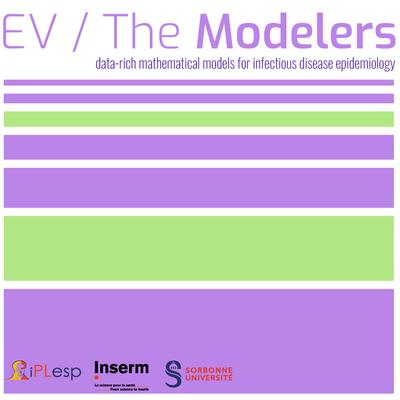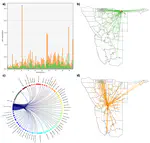We are infectious disease epidemiologists. We develop data-rich mathematical models to study how infectious disease spread in human and animal populations. We have diverse backgrounds encompassing physics, mathematics, computer science, med and vet science. We combine methodologies from all these fields to build theoretical models that process behavioral, mobility, environmental and epidemiological data to understand epidemics, make scenarios, help guide public health interventions. We are part of the Pierre Louis Institute of Epidemiology and Public Health (IPLESP) at the French National Institute of Health and Medical Research (INSERM) and the Faculty of Health of Sorbonne Université. We are based in Paris, France.









